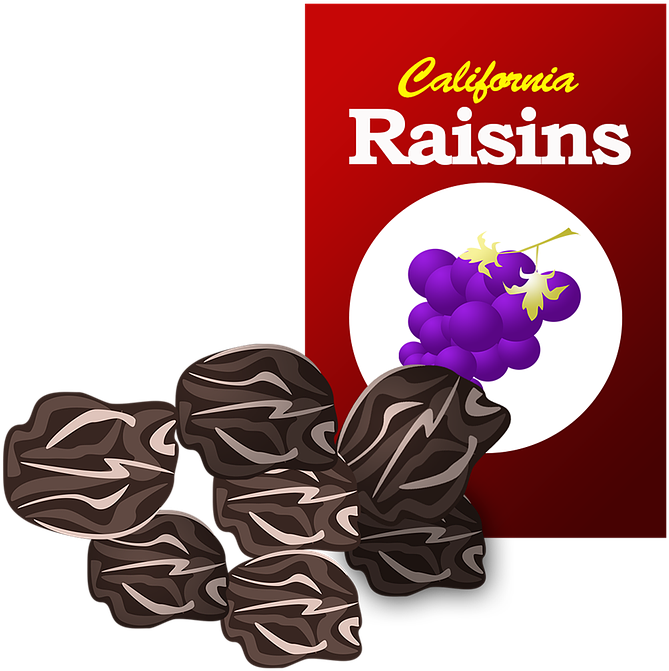Most biology classes start with a discussion of the properties of life. It seems simple at first. Even young students can identify a fish that is alive in a tank versus a plastic fish on a table.
Students will soon discovery that identifying life forms can be complicated. Is fire alive? What about viruses? What about a bacterium?
To start a lesson on the characteristics of life, I engage students with a question about whether something is alive or not. On my desk, is a beaker filled with raisins and carbonated water. You can also mix baking soda and vinegar to get the effect. Do not tell students what is in the beaker!
Raisins in the solution will float to the top, sink, and then repeat. They appear to be moving. You can even embellish the story. Tell them a friend found them in a sewer and is calling them “sewer lice.” He thinks they come to the surface to breathe and then sink back down again.

Raisins in the solution will float to the top, sink, and then repeat. They appear to be moving. You can even embellish the story. Tell them a friend found them in a sewer and is calling them “sewer lice.” He thinks they come to the surface to breathe and then sink back down again.
Basically, the demonstration works due to air bubbles in the wrinkles of the raisins. When they float to the surface, the air is released and the raisins sink again. If you are doing this with multiple classes, replace the carbonated liquid and raisins.
Student Questioning and Exploration
Ask student to make a CLAIM about whether these sewer live are alive. They can then list evidence or observations that support their claim.
Next, ask them what additional information they could gather about the lice. Many will come up with questions such as:
- Do they reproduce or make more?
- What do they eat?
- Can they live outside the water? What happens when you take them out?
- Are they made of cells?
- Do they react to stimulus?
You can even get some loud gasps if you declare that your friend has also discovered that the lice are edible. What do you think they taste like? Should I try one. Then, reach in with a spoon and pull one out and pop it in your mouth. (Side note, you probably should follow up that demonstration with a note about safety and never eating unknown things in the lab.)
This demonstration serves as good introductory phenomenon to the chapter on life characteristics. When students have a grasp of how scientists determine life, they can refine their questions. Though, there is still a murky area. A raisin isn’t technically alive, but it did come from a living thing. Is a potato alive? The extension questions and discussions can be quite lively!
I order small packs of raisins to share with students at the end of the class for being such good sports!
I also use the “Fortune Telling Fish” experiment in this chapter as a phenomenon to introduce the scientific method.

